
Of the estimated 140 million LED fixtures that will be distributed in the United States this year, less than 5 percent will be equipped with an Internet of Things (IoT) sensor that can impart capabilities ranging from advanced lighting controls to air-quality monitoring and to video surveillance. One inadvertent benefit of IoT’s lackluster adoption rate, to date, is that the window for standardization of control and communications protocols across providers remains open for now.
The nonprofit IoT-Ready Alliance wants to leverage this time by promoting the addition of a standard socket on LED fixtures in order to accommodate an intelligent IoT sensor during a fixture’s original manufacture, upgrade, or retrofit. Beyond a common mechanical form factor of the socket, the alliance wants the standardization to apply to the electrical interfaces and connectors between the fixture and sensor.
Though many organizations are working to standardize other aspects of IoT and lighting, including communications protocols and control, the sensor–luminaire interface “has seen very little standards activity to date,” according a May 9 press release by the IoT-Ready Alliance. The alliance was also announced on that date at a press conference at Lightfair, held this year in Philadelphia.
The IoT-Ready Alliance—which includes 21 companies at the time of publication—envisions the physical socket to be akin to a USB port on a computing device. With the average lifetime of a light fixture at upwards of a decade or two, sensor technology will inevitably undergo numerous updates and generational changes. The socket would allow technological and security upgrades and variations to occur within the sensors themselves or their providers’ software.
By standardizing a form factor for the socket, the alliance hopes to reduce the high cost of labor associated with outfitting an already installed luminaire with a sensor. The price differential, from upward of $60 to $70 per fixture down to $2 per IoT-Ready fixture, should serve as a disincentive for the installation of “un-intelligent” luminaires.
The alliance also believes that a standardized socket will help future-proof luminaires and alleviate building owner concerns about committing to one IoT platform or provider for the luminaire’s lifetime, thereby encouraging competition and continual improvements among sensor providers. The ease of retrofit enabled by the socket will also leave open the possibility for different building tenants to choose whether they want IoT integrated with their luminaires.
The factors leading to the slow adoption rate of IoT include additional first cost as well as uncertainties about the technology’s necessity. Lowering the cost of sensors to 50 cents each may still not convince owners to incorporate IoT technology into their lighting, said Joe Costello, chairman and CEO of IoT technology company Enlighted, based in Sunnyvale, Calif., during the press conference. The disconnect lies between operational technology (OT) staff, whose primary concern is the installation of lights, and IT staff members, who typically are more excited—or wary—of IoT’s potential. Including an IoT-Ready socket external to the fixture would provide an accessible “upgrade path” for companies to retrofit their systems and “separate the OT and IT worlds” and priorities, Costello said. Including a socket would not significantly affect the design or aesthetic of most fixtures, he added.
IoT-Ready is targeting luminaires used in commercial and public buildings. Any company or individual in the lighting, IoT, or similar industry can become a member of the alliance, which expects to launch publicly on July 1, 2017. Founding alliance members include Enlighted, Focal Point, Selux, Tridonic, and USAI Lighting.
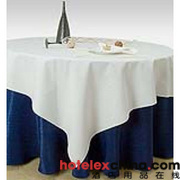
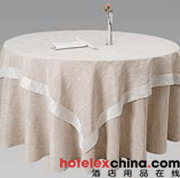
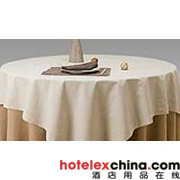
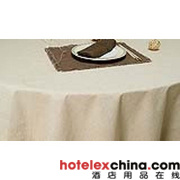
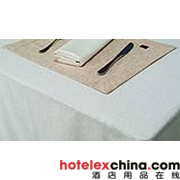

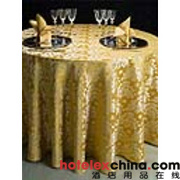



Service Hotline
Work Time:Mon-Fri 9:00-18:00
UTC+8

Sinoexpo Digital Platform
Copyright 2006-2025 Shanghai Sinoexpo Informa Markets International Exhibition Co., Ltd. All rights reserved
沪ICP备05034851号-77
 沪公网安备 31010402000543号
沪公网安备 31010402000543号